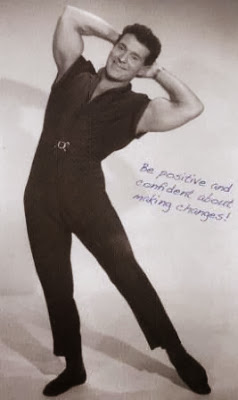Back in the dark days of 1941, Katherine Anne Porter began a
novel that was intended as an allegory of the Nazi rise to power. Ship of Fools was set entirely on an
ocean liner sailing from Veracruz, Mexico to Bremerhaven, Germany in 1933.
Passengers of many nationalities were thrown together on a voyage that revealed
the darkness inside each of them.
When Porter’s novel was published in 1962, it
became a sensation worldwide. In 1965, Stanley Kramer launched a major film
version, starring such international luminaries as Oskar Werner (as a doomed
German doctor), Simone Signoret (as a drug-addicted Spanish aristocrat who
faces jail for siding with the peasantry), dancer José Greco (in a rare acting
role as the unscrupulous leader of a flamenco troupe), and José Ferrer (who’d
made a delightful Cyrano de Bergerac for Kramer, but was cast this time as an
odious proto-Nazi). Kramer’s Ship of Fools also featured young George Segal
and Elizabeth Ashley as mismatched lovers, along with Michael Dunn as a
sardonic dwarf who functioned as the film’s Greek chorus (“You may even find
yourself on board.”) The film won two Oscars, and was nominated for six more,
including Best Picture. It was a prime example of an endangered Hollywood
species: a film with a strong social consciousness
I just saw Ship of
Fools on the big screen as part of the Stanley Kramer Centennial series,
now at the Billy Wilder Theater through September 29. Before the screening
began, Karen Sharpe Kramer reminisced about how, as an ingénue shooting a Jerry
Lewis film on the Paramount lot, she had slipped into the soundstage where the big
ship had been built, determined to see some famous actors at work. Her brief
encounter with director Kramer set off a chain of events that led to their
marriage nine months later.
Another guest on the Wilder stage was BarBara Luna, who had
played a tempestuous member of Greco’s dance troupe. One of Luna’s most vivid
memories was of co-star Lee Marvin chasing her around the set, even getting his
foot caught in a fire-bucket in the process. She also spoke about the famous
scene in which Marvin (as a washed-up baseball player) drunkenly invades the
cabin of socialite Vivien Leigh, who wards off his advances by hammering him
with her evening slipper. In Luna’s vivid telling, one of Leigh’s blows
shattered Marvin’s nose.
Dwayne Epstein is having none of that. Epstein’s biography, Lee Marvin: Point Blank, is newly in
print. But Epstein worked on this labor-of-love for two decades, and so was
able to interview Hollywood movers and shakers who are now, alas, long gone. Back
in 1994 he discussed the Marvin-Leigh scene with Stanley Kramer, who decried
the fact that that the old rumor was still afloat. (Marvin’s broken beak
actually stemmed from an encounter with Martin Milner on the TV series, Route 66.) As Epstein discovered, Marvin
held onto the shoe with which Leigh had assailed him as a cherished memento.
There are many more stories to be told about marvelous Lee
Marvin. Visitors to this Sunday’s West Hollywood Book Fair will hear some of
them, because Dwayne Epstein is one of the speakers on a Hollywood Biography
panel I’ll be moderating. Another participant is B. James Gladstone, a show biz
attorney who wrote The Man Who Seduced
Hollywood: The Life and Loves of Greg Bautzer, Tinseltown’s Most Powerful
Lawyer. The immortal Milt Larsen will also be on hand to talk about My Magical Journey, and my fourth panelist
is Michael Z. Stern, whose memoir details his unlikely friendship with Lucille
Ball. Y’all come!
To purchase $10 tickets to any of the remaining
screenings for the Stanley Kramer centennial celebration at UCLA's Billy Wilder
Theater, click here.







